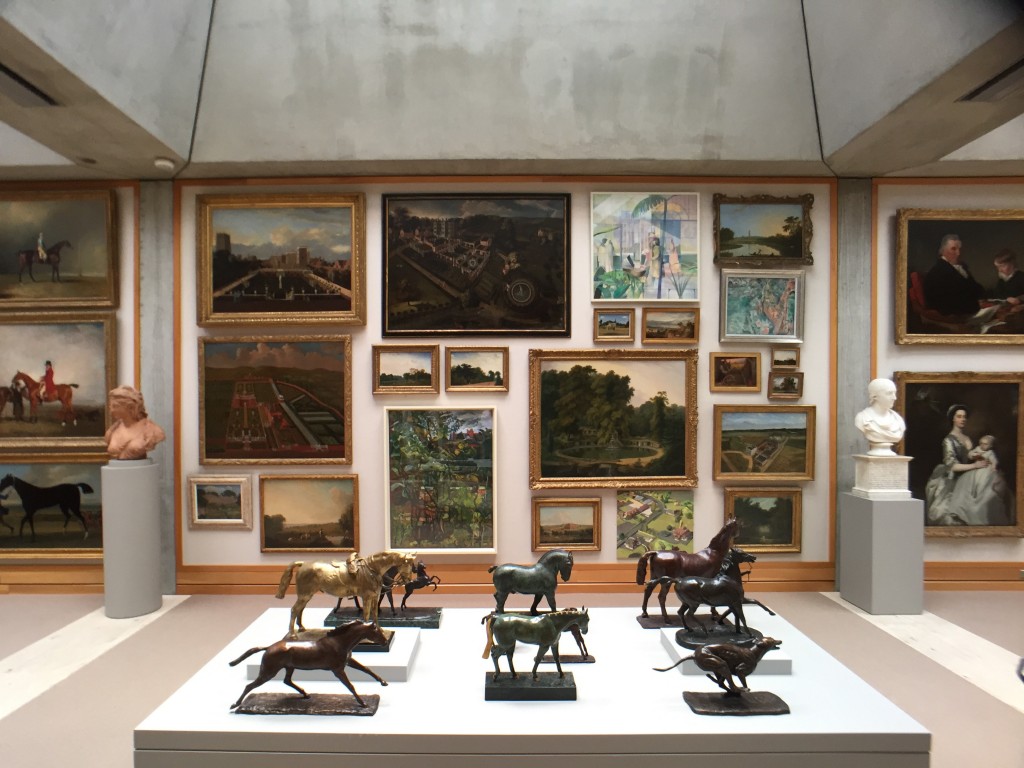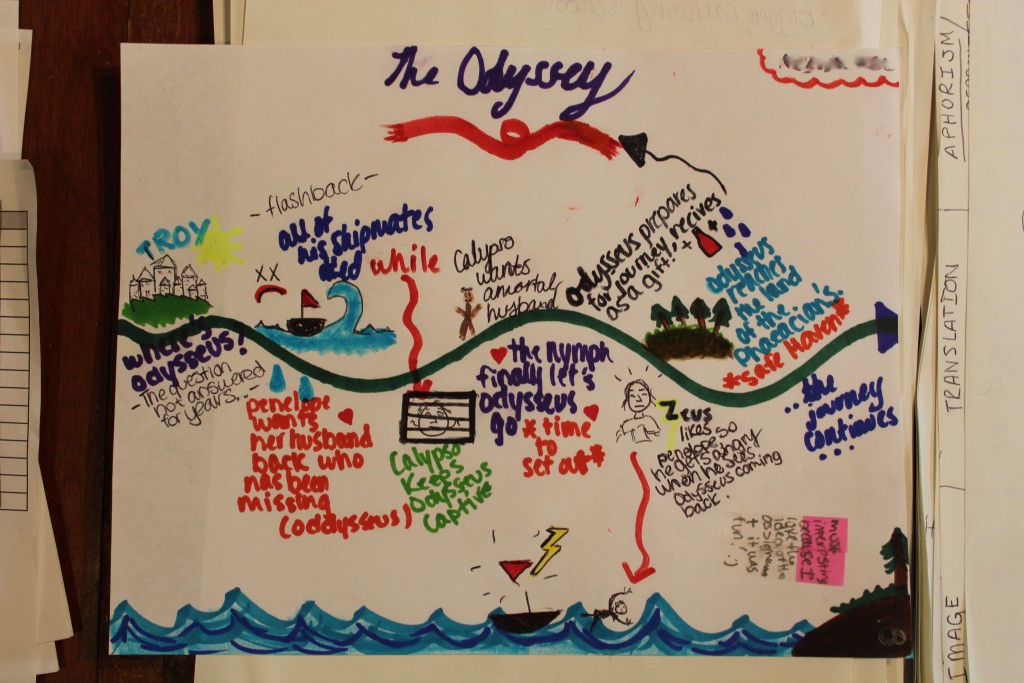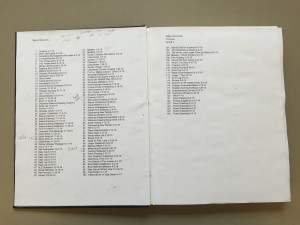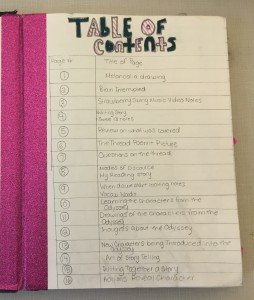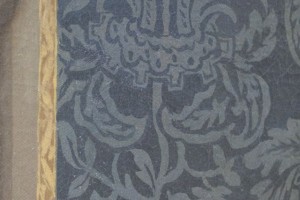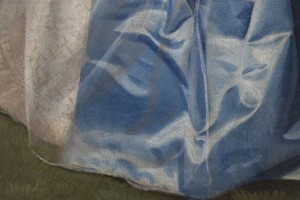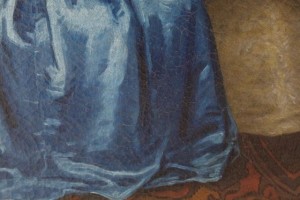
Patti Darragh is a reading specialist and the Reading/Language Arts coordinator, at the K-5 level in North Branford, CT. Patti began integrating visual literacy strategies as a first and second grade teacher and continues to use them to make literature and writing more meaningful to the remedial reading students she works with today. Patti has shared her beliefs and knowledge about visual literacy through various professional development workshops with the teachers in North Branford and an instructor at the University of New Haven MAT program, training new teachers. She is a liaison for the Museum/School Partnership with the YCBA and is an instructor at the YCBA Summer Teacher Institute. Additionally she had presented visual literacy workshops at Yale Center for British Art, New England Museum Association, and American Alliance of Museums, and Examining the Intersection of Arts Education and Special Education. She holds a B.S. in Elementary Education and Advanced Certification as a Reading Specialist from Southern Connecticut State University and an M.S. in Education from University of Connecticut.

Darcy Hicks was an elementary classroom teacher and art teacher in Massachusetts and in Connecticut for ten years. She has since worked as an educational consultant and teaching coach, with a focus on the integration of art and writing. Hicks uses art in the classroom to help children discover their own topics, and to develop skills in reading and writing. She developed a literacy approach called Doorways to Thinking, which integrates all the senses into the writing process. For the last three years she has been part of the Visual Literacy team at the New Haven Public Schools and the Yale Center for British Art. She conducts workshops for teachers, coaches one-on-one, and this year worked with a small group of children to explore the use of art as a way to develop their writing voices.
Publications:
Hicks, Darcy. Choice Matters. Teaching K-8, pub. NCTE October 2001
Hicks, Darcy; Levenson, Cyra. Opening the Door: Teaching Towards Creativity. Creativity in Art Education, pub. NEA 2013.
Presentations:
National Conference of Teachers of English,1996, 1997, 1998, 1999, 2003.

Cyra Levenson, Ed.M., is Associate Curator of Education at the Yale Center for British Art. Prior to Yale, Ms. Levenson held positions at the Seattle Art Museum and the Rubin Museum of Art focused on gallery interpretation. She has worked closely with schools and teachers throughout her career and has researched and published on the topic of visual literacy in museum practice. Ms. Levenson is a also the co-curator of the upcoming exhibition, Figures of Empire: Slavery and Portraiture in Atlantic Britain and is author of the article, “Re-presenting Slavery: Underserved Questions in Museum Collections”. Ms. Levenson has a degree in Art Education from Teachers College, Columbia University and has been working in the field of museum education for 15 years.

James Shivers (Ph.D.) is a poet, visual artist, and literary critic. He teaches at William H Hall High School in West Hartford, CT. In 2012-13 he developed with YCBA a visual based pilot program called Expanding Literacies, Exploring Expression for students in lower level English Courses. At Hall, he also co-developed of a senior level media course, 21st Century Studies: Media and the Critical Eye which receives college credit through University of Connecticut’s ECE program where he serves on the English advisory board. He also teaches courses at University of Hartford and University of Connecticut.
Hallie Cirino is engaged in a teaching career that has spanned over three decades and has included students from the ages of two to ninety-two. Currently, Hallie is working as a 5’s teacher at CHT Preschool in Westport, CT. While working on her masters in teaching, curriculum, and learning environments at Harvard, Hallie conducted and published research about young children learning to write for the first time. This led to her emphasizing the incorporation of visual arts into literacy learning with her classes, and the process of doing so with her current 5-year-old students has a very natural, organic quality. Hallie firmly believes that all students, regardless of age, can enhance their learning while improving their writing through the use of visual supports such as fine art.

Yinan “Eva” Song is a senior at Yale University. She majors in Art (with a focus on Graphic Design) and Political Science. She worked as a Nancy Horton Bartels intern at the Department of Education of Yale Center for British Art for the 2012-2013 school year, and continues to work as a student assistant at the Department.

Sara Torkelson is a junior at Yale University majoring in American Studies with a concentration on visual art and literature. She is a student assistant at the Yale Center for British Art in the Education Department. Sara will be posting on the YCBA Pinterest page; these posts will explore the British Art Center’s vast collection and focus on specific themes with each post.
